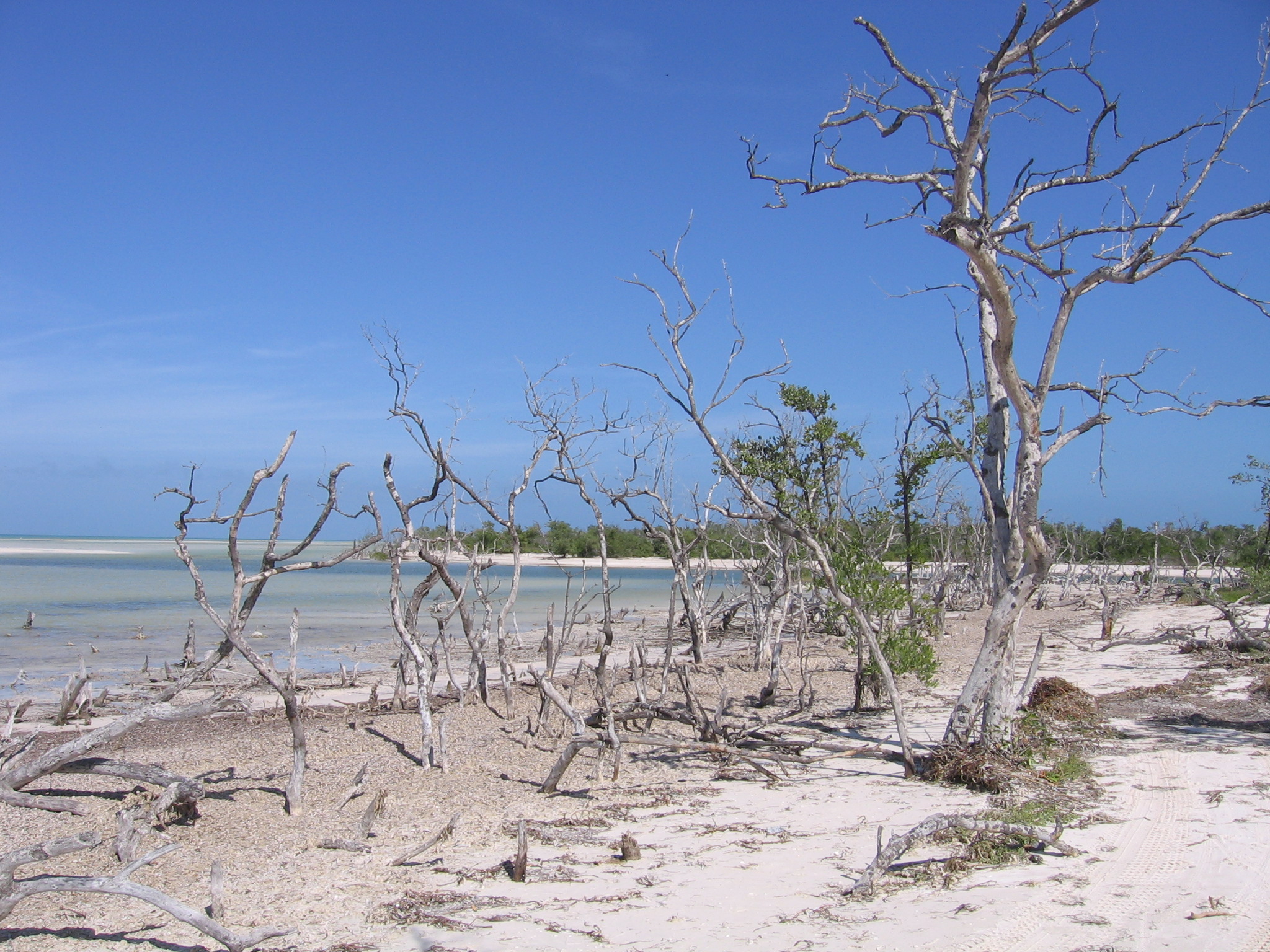[This post was written by Megan Rice, Jamie Price, and Angelina Peters in response to viewing the documentary Foodmatters]
The documentary Food Matters discusses the diet of most Americans and how unhealthy we are as a group. The ultimate message of this documentary is that if you eat well you will live well. It seems simple enough. It does seem simple enough, so why did the filmmakers spend thousands of dollars creating the film? Within ten minutes of watching the film, one of the premises of the filmmakers focus is clear—advocating for a raw food diet.
When one looks back to our hunter-and-gatherer ancestors, raw foods were a major staple of their diet. However, society today cannot hunt-and-gather as our ancestors did millennia ago. A point that the film brings to light is the importance of eating foods rich in antioxidants and vitamins. In spite of the billions and billions of potential profit in the diet and medical industry, most of the initial statements seem like common sense.
Yet, the documentary also goes into lengths explaining that our medical system is not diet-oriented. Many of our doctors are trained to treat medical problems with drugs rather than proper diet. The creators of the film bring up an important and fundamental point: With the proper diet, many illnesses can be avoided and even reversed. Our society relies too much on drugs for treatment which only relieve the patent of the symptoms they do not fix the problem. The creators of the film argue that cleaning your body of toxins and replenishing your body with antioxidants, vitamins, and good diet can lead to better health and fewer doctors’ visits.
This documentary shows a sustainable lifestyle that leads to fewer doctors’ visits and a better, longer, and happier life. Also this raises the question that if we as a society could have a healthier diet, would it lower our health costs? According to the film makers, we are facing a epidemic, and medication is not going to be the answer.
We have a few critiques and questions . . . Continue Reading »

